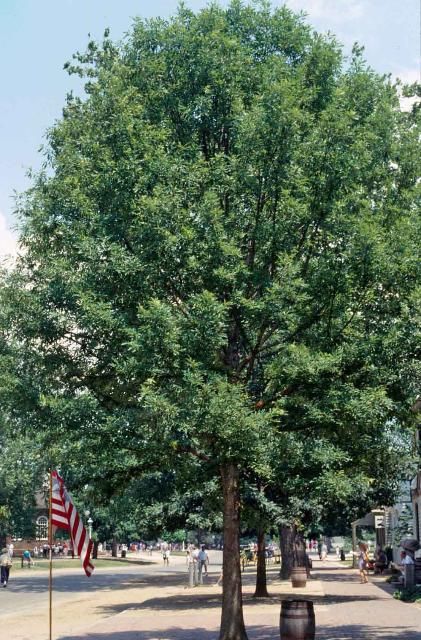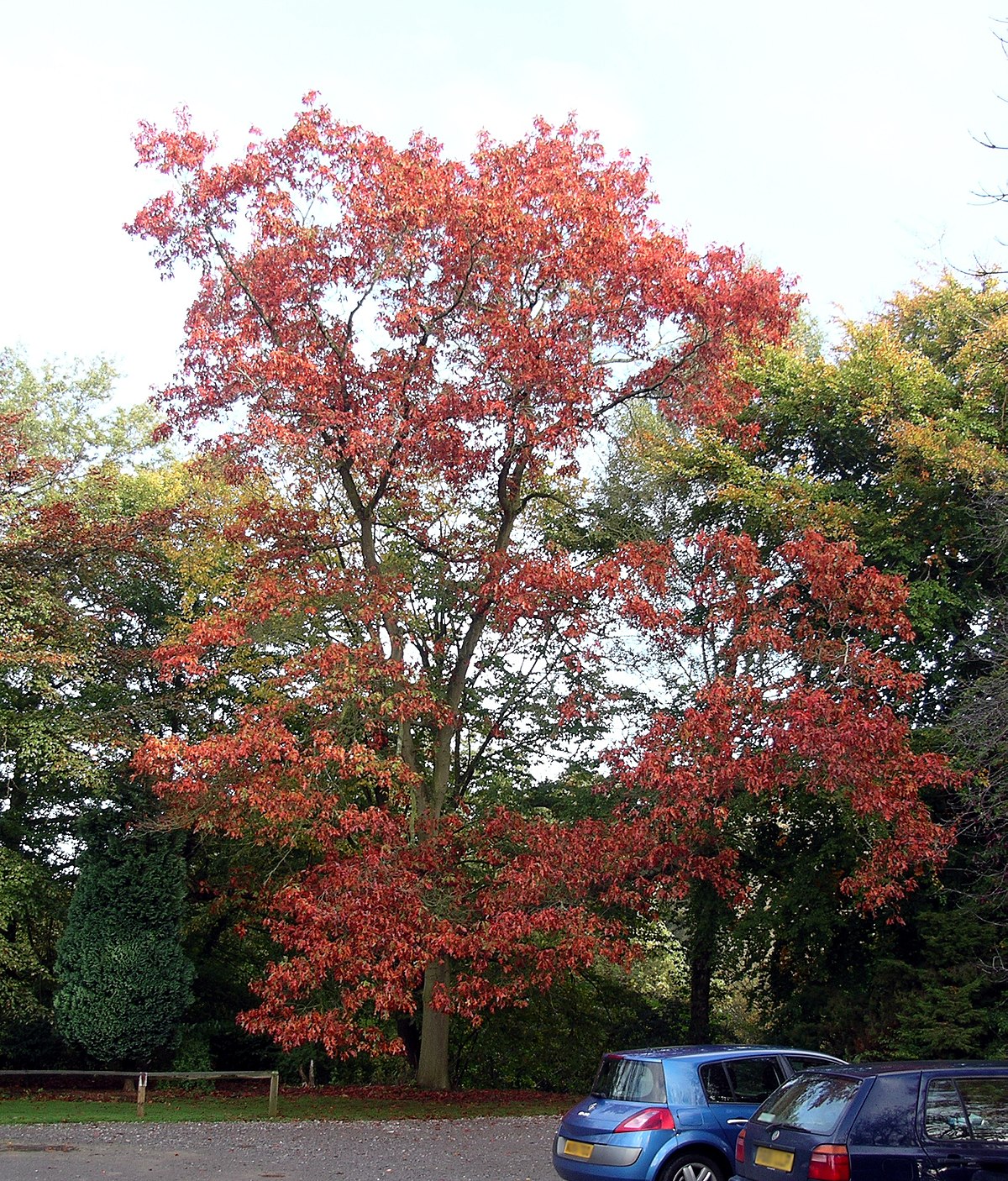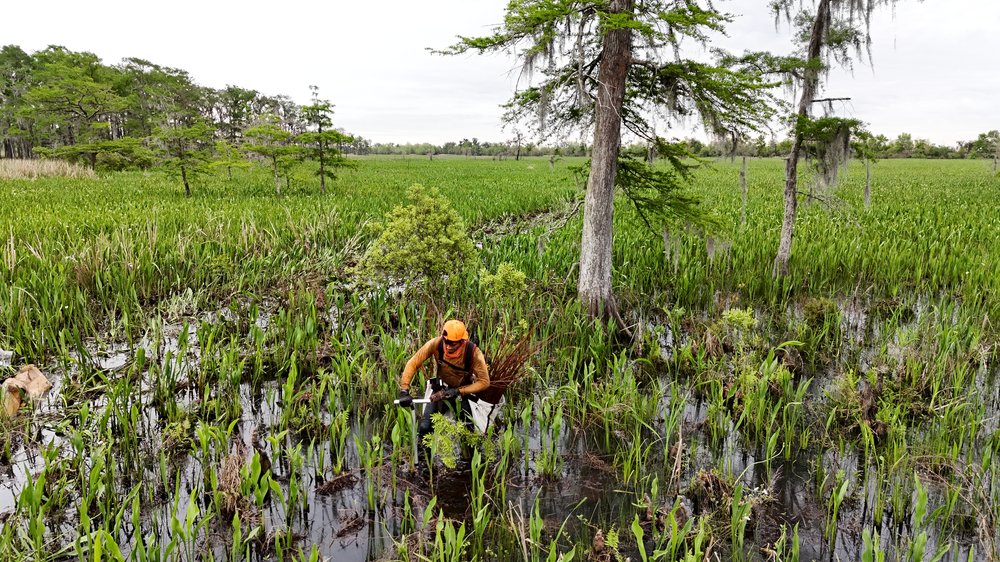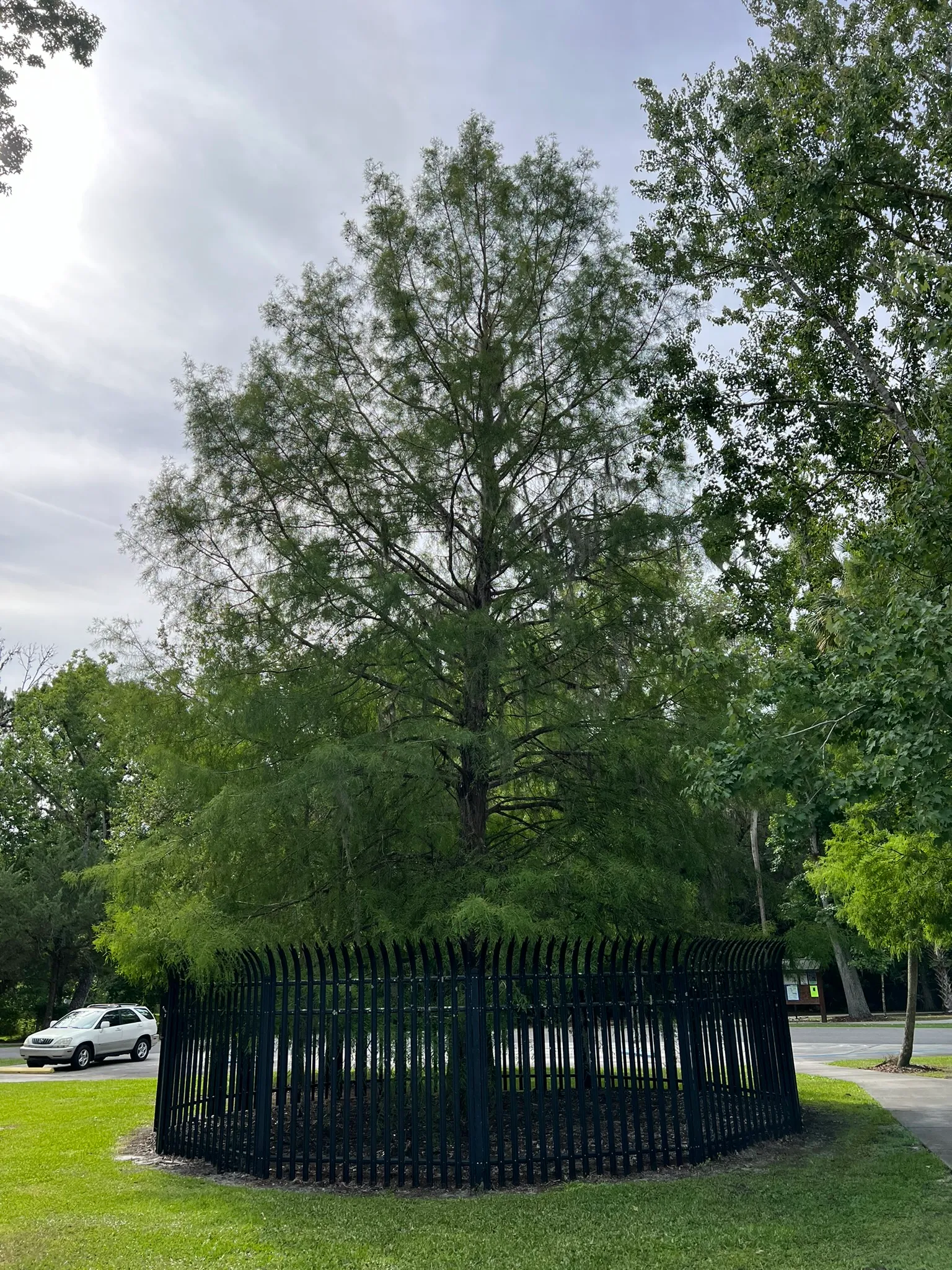Northern Red Oak
A majestic and ecologically vital deciduous tree, the northern red oak is highly favored for large-scale landscaping, ecological restoration, and reforestation initiatives across Eastern North America. Renowned for its relatively rapid growth among oaks, it quickly establishes a substantial presence, offering significant shade and contributing to the visual appeal of any landscape with its broad, spreading crown. Beyond its aesthetic appeal, the American Red Oak plays a crucial role in supporting local ecosystems, providing a critical food source through its acorns for a diverse array of wildlife, including squirrels, deer, turkeys, and numerous other bird species. It also serves as an important host plant for the larval stages of several butterfly and moth species, enhancing biodiversity. This adaptable native tree exhibits tolerance to a variety of soil conditions, including less-than-ideal urban soils, and demonstrates resilience to air pollution and moderate salt spray, making it a robust and reliable choice for challenging environments. Its strong wood is also commercially valuable, highlighting its multifaceted benefits. The stunning reddish-brown to dark red fall foliage provides exceptional seasonal color, further solidifying its value in both natural and managed landscapes.

Sizes Available
Wholesale Only
1 Gallon
$4.00
3 Gallon
$8.00

American Red Oak is an adaptable and widely planted tree valued for its shade, fall color, and wildlife benefits, suitable for parks, streets, and larger landscapes with well-drained soil.
Scientific Name: Quercus rubra
Common Name: American Red Oak, Eastern Red Oak, Mountain Red Oak, Northern Red Oak, Red Oak, Oaks
Hardiness Zones: 5 through 8A
Height: 50 to 75 feet, potentially reaching 90 feet in native woodland areas
Spread: 50 to 60 feet
Growth Rate: Moderate to Fast
Foliage: Spring & Summer: Green leaves on the upper sides, grayish-white underneath, with 7 to 11 sharply pointed lobes. Fall: Showy reddish-brown to dark red.
Bark: Smooth on young trees, developing wide, flat-topped ridges and shallow furrows with age (resembling ski tracts).
Sun: Full sun (best), can tolerate part shade.
Soil: Moist to dry, well-drained, acidic (prefers pH less than 7.5), fertile, sandy to loamy soils. Tolerates clay, and slightly alkaline soils better than some other oaks.
Wildlife Value: Important food source for squirrels, deer, and birds (acorns). Host plant for larvae of the Imperial moth and numerous butterflies including Banded hairstreak, Edward’s hairstreak, Gray hairstreak, White-m hairstreak, Horace’s duskywing, and Juvenalis duskywing. Provides habitat and cover.
Why Choose Northern Red Oak?

Rapid Growth & Shade
Offers relatively fast growth for an oak, quickly establishing a substantial shade canopy. Its rounded crown provides excellent shade for lawns, parks, and streets.

Stunning Fall Color
Known for its reliable and vibrant reddish-brown to dark red fall foliage, adding significant seasonal interest to the landscape.

Wildlife Support
Produces acorns that are a valuable food source for a variety of wildlife, including squirrels, deer, and many bird species. It also serves as a host plant for numerous butterflies and moths.

Adaptable Urban Tree
Tolerates a range of soil conditions (including compacted soil and some alkalinity), air pollution, and moderate salt spray, making it a suitable choice for urban and suburban environments.
Environmental Benefits of Planting Northern Red Oak
This data is based on US Averages of healthy and mature trees over a 20-year period.
Check out the USDA’s MyTree Tool to input your custom location data.

CO2 Offset
A single northern red oak can offset the CO₂ emissions produced by driving an average gas-powered car for 24,195 miles.

Water Filtration
A single northern red oak can absorb enough stormwater to fill 2,300 bathtubs, reducing erosion, runoff, and supporting transpiration.

Removes Air Pollution
A single northern red oak removes as much air pollution as the weight of 201 smartphones.
Featured Projects
Featured Projects
Central Florida Lands and Timber Nursery, LLC. is a wholesale nursery specializing in a wide array of Florida native trees. With an inventory of over 2 million container-grown trees, CFLTN, LCC can meet the needs of large-scale reforestation, mitigation, and landscaping projects throughout the Southeast region.
Phone
(386) 294-1211
Address
3087 North County Road 53 Mayo, Florida 32066


